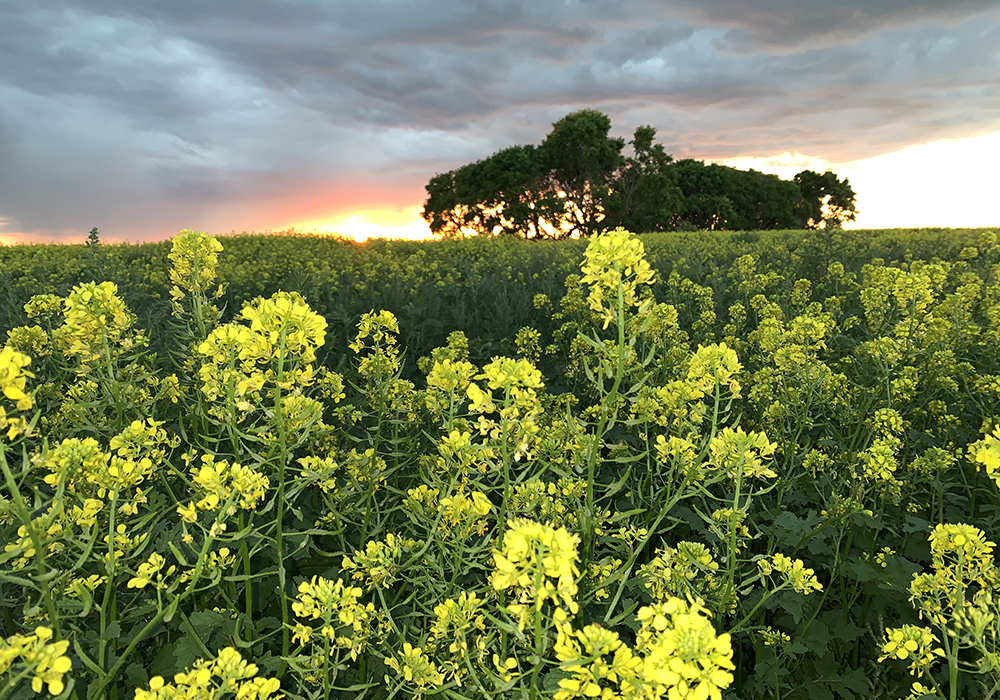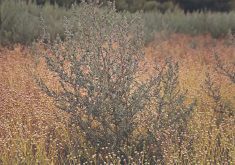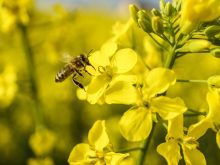Here is some analysis of the Statistics Canada seeded acreage report you may not have seen elsewhere.
The overall canola acreage is a bit higher than many expected at slightly more than 22 million acres, an increase of 3.2 percent over last year. Interestingly, canola acreage dropped by 4.7 percent in Manitoba and 2.4 percent in Alberta. It’s Saskatchewan’s 8.8 percent increase in canola that has buoyed overall acreage.
Read Also

Budget seen as fairly solid, but worrying cracks appear
The reaction from the agriculture industry to prime minister Mark Carney’s first budget handed down November 4th has been largely positive.
Why would the acreage increase significantly in Saskatchewan while it dropped in neighbouring provinces? My guess is crop insurance coverage. Many producers in southern and central Saskatchewan turned to canola because it offered the best return in the event of a crop failure. That crop failure is now real in many areas.
Soybean acreage has been interesting to watch in recent times with dramatic swings from one year to the next in Manitoba. This year, according to Statistics Canada, Manitoba soybeans have increased to 1.6 million acres, a rise of more than 40 percent compared to last year.
It seems that when production results are poor in Manitoba, the acreage drops the next year. When the crop clicks, acreage rises.
Meanwhile, the big Roquette pea fractionation facility at Portage la Prairie has failed to convince Manitoba farmers to grow peas. Manitoba pea acreage remains small and is down 18 percent from last year.
Soybeans were once touted as a crop that would capture big acreages across Western Canada. Soybeans are up 50 percent in Saskatchewan this year, but that’s a mere 68,000 acres. In Alberta, soybean acreage has all but disappeared.
Lentil acres, with production centred in Saskatchewan followed by a much smaller acreage in Alberta, are down 15.1 percent from last year at 3.7 million. What’s puzzling, is that the drop has occurred in large green lentils and not red lentils.
At 3.1 million acres, red lentils are steady with last year and above the five-year average. Large green lentils, on the other hand, are down from last year and well below their five-year average. This is counterintuitive because large green lentils have enjoyed a large price premium over reds.
Mustard acreage is up 14.9 percent to 637,000 acres, not surprising considering the high prices the crop has enjoyed the past couple years. However, the enormous increase came last year, when mustard went from the traditionally low acreage of 290,000 to 555,000, a 91 percent increase.
With poor yields in 2021 and less than stellar yields in 2022, the market hasn’t been oversupplied. With yields again looking drought-reduced in southern Saskatchewan and Alberta, perhaps the market will escape serious oversupply.
A decline in oat acreage was expected, but the drop is epic, a 35.6 percent decline from 3.9 million acres to just 2.5. That’s the lowest oat acreage on record. If more of those oats than usual get cut for cattle feed, it may help solve the oat oversupply.
The acreage hit on flax wasn’t as big, but this is the second year of major decline. In 2021, a million acres of flax were seeded. That dropped by 22 percent last year and nearly the same amount this year to sit at just 609,000 acres. Flax has become a minor acreage crop.
Overall, the crop mix is less diverse, with the big acreage crops of canola, spring wheat, barley and durum gaining ground at the expense of other cropping options.
Kevin Hursh is an agricultural journalist, consultant and farmer. He can be reached by e-mail at kevin@hursh.ca.
















